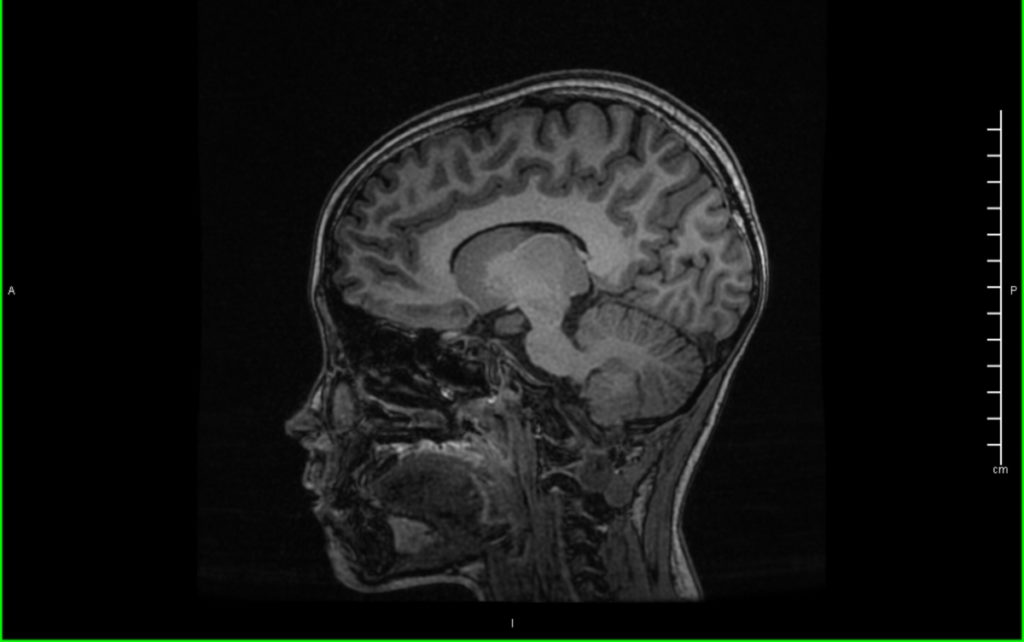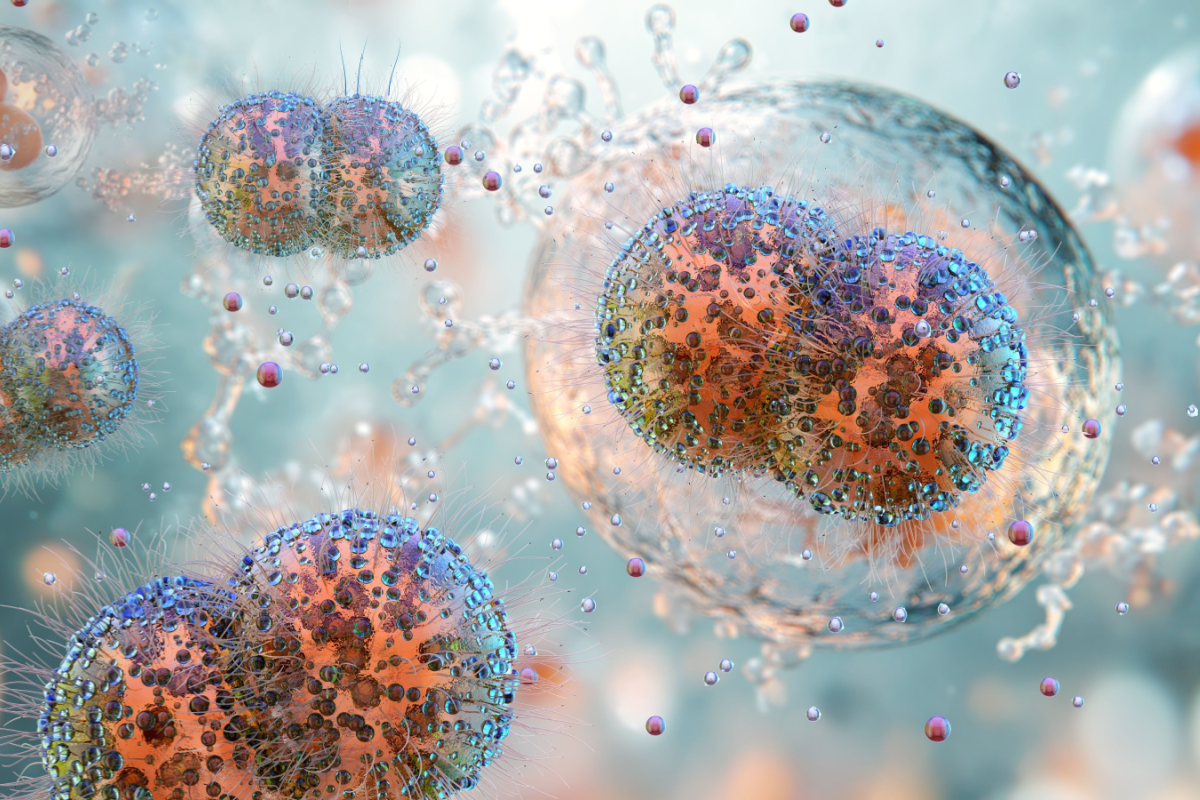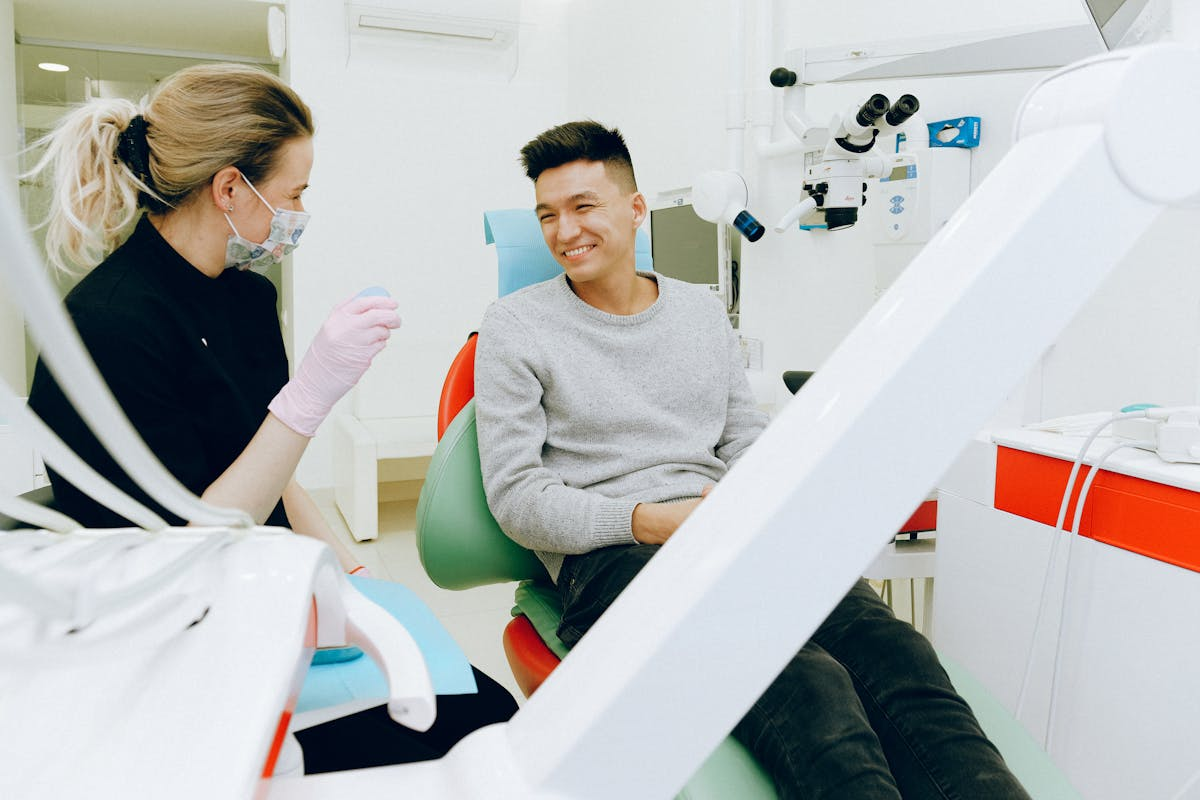Last week, researchers at the Yale School of Medicine reported that they have identified brain biomarkers of attention-deficit/hyperactivity disorder (ADHD) in children. These results were based on data from a large, long-term study of over 8,000 children in which the researchers used magnetic resonance imaging (MRI) scans to visualize changes in the brain associated with ADHD. These ADHD biomarkers could help clinicians diagnose, treat and track symptoms in children.
The study results will be presented at the Radiological Society of North America annual meeting, which is currently being held in Chicago, IL until December 1, 2022.
What is ADHD and How is it Diagnosed?
ADHD is a common neurobehavioral disorder that affects 6 million children aged three to 17 years in the US. Symptoms can include difficulty concentrating, problems with organization, being forgetful, feeling fidgety, talking excessively, or interrupting conversations. ADHD is diagnosed based on presentation of these symptoms or others. However, there are no tests that can be run to confirm a diagnosis since the symptoms of ADHD are behavioral.
Many diseases have “biomarkers,” or biological markers, that can be measured to show a change in normal function. For example, a blood test could reveal anemia if iron levels are low. The same test could also measure if iron levels increased after taking supplements. Biomarkers are therefore incredibly helpful in both diagnosing and tracking changes in disease over time.
XTALKS WEBINAR: Getting Neuroimaging Right — How to Succeed in Neurodegenerative Clinical Trials
Live and On-Demand: Tuesday, December 13, 2022, at 1pm EST (10am PST)
Register for this free webinar to learn the best practices for successful imaging, clinical study planning and management.
How Were ADHD Biomarkers Identified in the Study?
The Adolescent Brain Cognitive Development, or ABCD®, study is evaluating how experiences during childhood impact brain development and behavior. It is the largest and longest study of its kind; it is being conducted across 21 sites in the US and includes over 10,000 children.
This part of the ABCD® study collected data from children with ADHD using structural MRI scans, diffusion tensor imaging and resting-state functional MRIs. Researchers compared these data between children with ADHD and children that do not have ADHD to determine differences in brain volume, surface area, white matter integrity and functional connectivity between the two groups.
The researchers found changes in the networks of the brain involved in memory and auditory processing. They also found a thinning of the cortex and white matter changes in the frontal lobe, a region critical for attention and decision-making.
Using machine learning models, MRI data could be used to predict an ADHD diagnosis based on the brain biomarkers.
“At times when a clinical diagnosis is in doubt, objective brain MRI scans can help to clearly identify affected children,” said study co-author Huang Lin. “Objective MRI biomarkers can be used for decision making in ADHD diagnosis, treatment planning and treatment monitoring.”
How Can These Results Help Children with ADHD?
The data from this study could help inform diagnosis of ADHD using brain biomarkers, rather than using symptoms alone. Clinicians could potentially apply these methods in the future to help diagnose children earlier, so they can also be treated sooner.












Join or login to leave a comment
JOIN LOGIN